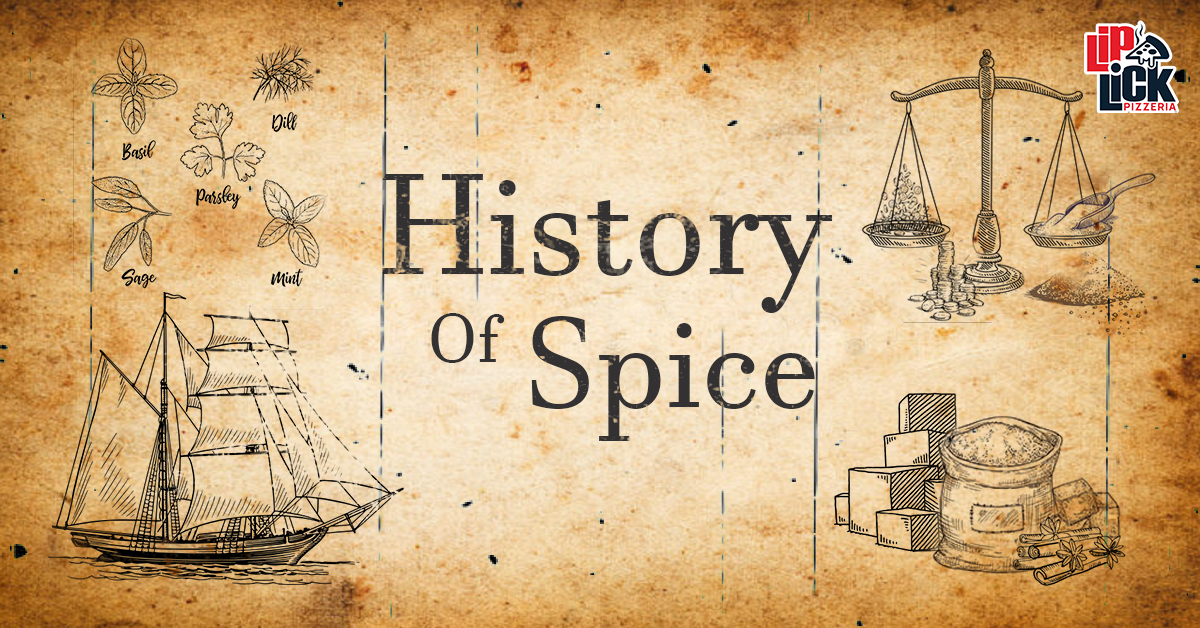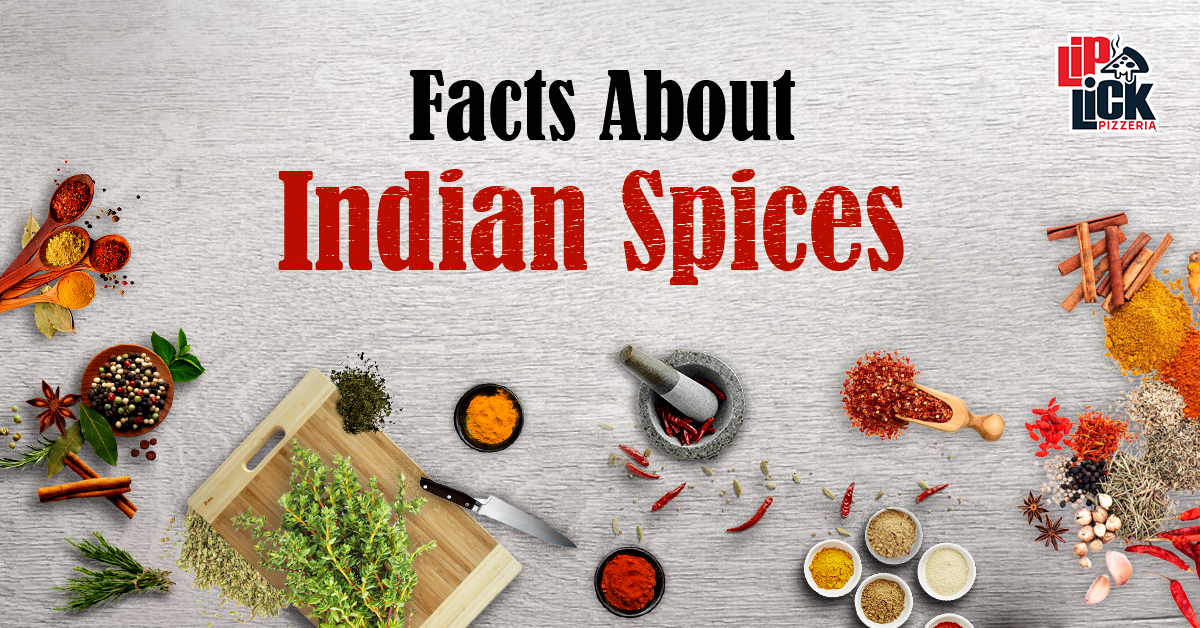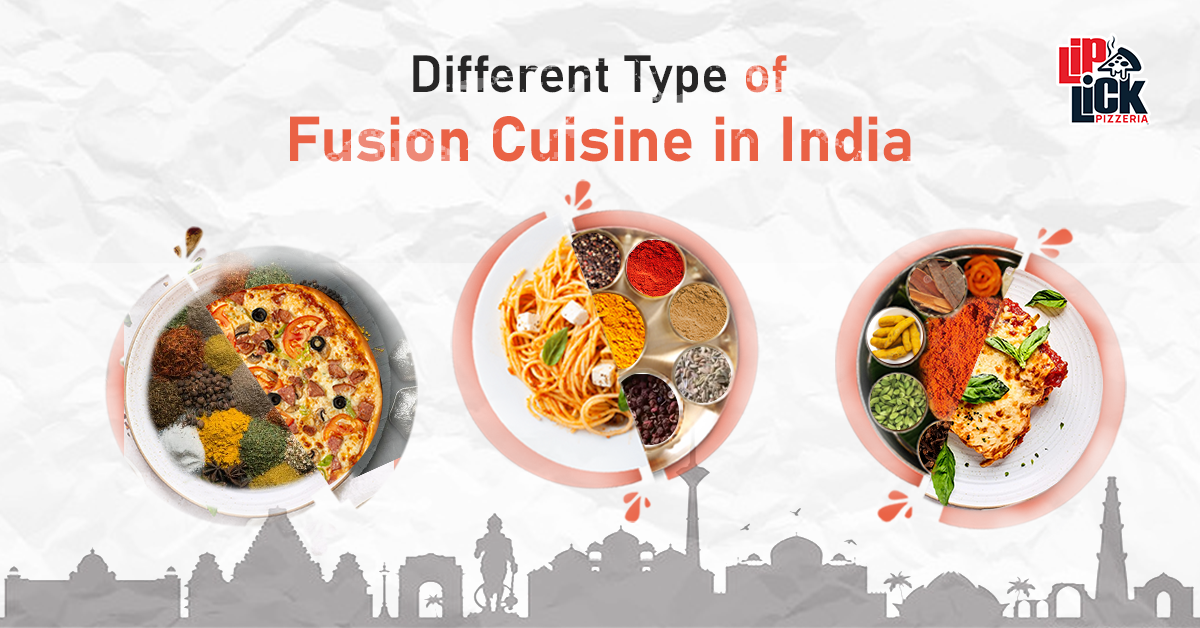Indian Chinese cuisine:-
Indian Chinese cuisine, also known as Indo-Chinese originated in the 19th century among the Chinese community of Calcutta during the immigration of Hakka Chinese from Guangzhou (Canton) seeking to escape the first and second opium wars and political instability in the region. Upon exposure to local Indian cuisine. they incorporated many spices and cooking techniques into their own cuisine, thus creating a unique fusion of Indian and Chinese cuisine.
After 1947, may Guagzhou immigrants opened their own restaurants in Calcutta, whose dishes combined aspects of Indian cuisine with Guagzhou cuisine. In other parts of India, Indian Chinese cuisine is derived from Calcutta-Chinese cuisine but bears little resemblance to their Chinese. counterparts as the dishes tend to be flavored with cumin, coriander seeds, and turmeric, which with a few regional exceptions, are not traditionally associated with Chinese cuisine. Chilli, ginger, garlic, and dahi are frequently used in dishes.
Popular dishes include Chicken Manchurian, Chicken lollipop, chili chicken, Hakka noodles, Hunan chicken, chowmein, and Szechwan fried rice.
Soups such as Manchow soup and sweet corn soup are very popular, whereas desserts include ice cream on honey-fried noodles and date pancakes.
Chowmein is now known as one of India’s favorite Chinese dishes. Especially in west Bengal, it is one of the most loved street foods.
Indian Thai cuisine:-
Thai cuisine was influenced by Indian cuisines, as recorded by Thai monk Buddhadasa Bhikku in his writing ‘ India’s Benevolence to Thailand’. He wrote that Thai people learned how to use spices in their food in many ways from Indians. Thais also obtained the methods of making herbal medicines ( Ayurveda) from the Indians. Some plants like Surabhi or family Guttiferae, kanika or harsinghar, phikun or the rose chestnut were brought from India.
Malaysian Indian cuisine:-
Malaysian Indian cuisine or the cooking of the ethnic Indian communities in Malaysia consists of adaptations of authentic dishes from India, as well as original creations inspired by the diverse food culture of Malaysia.
A typical Malaysian Indian dish is likely redolent with curry leaves, whole and powdered spices, and fresh coconuts in various forms.
Indian Singaporean cuisine:-
Indian Singaporean cuisine refers to foods and beverages produced and consumed in Singapore that are derived, wholly or in part, from South Asian culinary traditions.
The variety of Singaporean food includes Indian food, which tends to be Tamil cuisine, especially local Tamil Muslim cuisine, although North Indian food has become more visible recently.
Indian dishes have become modified to different degrees, after years of contact with other Singaporean cultures, and in response to locally available ingredients, as well as changing local tastes.
Indian Indonesian cuisine:-
Indian-Indonesian cuisine refers to food and beverages in Indonesian cuisine that has influenced Indian cuisine, mainly Tamil, Punjabi, and Gujarati cuisine. These dishes, such as appam, biryani, murtabak, and curry, are well integrated.
Indian Filipino cuisine:-
Filipino cuisine, found throughout the Phillippines archipelago, has been historically influenced by Indian cuisine. Indian influences can also be noted in rice-based delicacies such as bibingka(analogous to the Indonesian bingka) puto, and puto bumbong. The latter two are plausibly derived from the south Indian puttu, which also has variants throughout Maritime Southeast Asia ( e.g. Kue putu, putu Bangkok).
The kare-kare, more prevalent in Luzon, on the other hand, could trace its origins from the seven years War when the British occupied Manila from 1762 to 1764 with a force that included Indian sepoys, who had to improvise Indian dishes given the lack of spices in the Philippines to make curry. This is said to explain the name and its supposed thick. yellow-to-orange annatto and peanut-based sauce allude to a type of curry.
Atchara of the Philippines originated from the Indian achar. which was transmitted to the Philippines via the acar of Indonesia, Malaysia, and Brunei.
Anglo-Indian cuisine:-
Anglo-Indian cuisine developed during the period of British colonial rule in India, as British officials interacted with their Indian cooks.
well-known Anglo-Indian dishes include the salted beef tongue, kedgeree, ball curry, fish rissoles, and mulligataw+ny sound.
Outside India
Indian migration has spread the culinary traditions of the subcontinent throughout the world. These cuisines have been adapted to local tastes and have also affected local cuisines. The international appeal of curry has been compared to that of pizza. Indian tandoor dishes such as chicken tikka also enjoy widespread popularity.
Australia:-
A Roy Morgan Research survey taken between 2013 and 2018 found that Indian cuisine was the top-rated international food among 51% of Australias, behind Chinese, Italian, and Thai.
Canada:-
As in the United Kingdom and the United States Indian cuisine is widely available in Canada, especially in the cities of Toronto, Vancouver, and Ottawa where most Canadians of South Asia heritage live.
China:-
Indian food is gaining popularity in China, with many Indian restaurants in Beijing, and Shenzhen. Hong Kong has more than 50 Indian restaurants, some dating back to the 1980s. Most of the Indian restaurants in Hong Kong are in Tsim sha Tsuj.
Middle East:-
The Indian culinary scene in the Middle East has been influenced greatly by the large Indian diaspora in these countries. Centuries of trade relations and cultural exchange resulted in a significant influence on each region’s cuisines. The use of the tandoor, which originated in northwestern India, is an example.
The large influx of Indian expatriates into Middle Eastern countries during the 1970s and 1980s led to a boom in Indian restaurants to cater to this population and was also widely influenced by local and international cuisines.
Nepal:-
Indian cuisine is available in the streets of Nepalese cities, including Kathmandu and Janakpur.
Southeast Asia:-
Other cuisines which borrow inspiration from Indian cooking styles include Cambodian, Lao, Filipino, Vietnamese, Indonesian, Thai, and Burmese cuisine. The spread of vegetarianism in other parts of Asia is often parts of Asia credited to Hindu and Buddhist practices.
Indian cuisine is trendy in Southeast Asia due to the strong Hindu and Buddhist cultural influence in the region. Indian cuisine has had a considerable impact on Malaysian cooking styles and also enjoys popularity in Singapore. There are numerous North and South Indian restaurants in Singapore, mainly in Little India.
Singapore is also known for fusion cuisine combining traditional Singaporean cuisine with Indian influences. Fish head curry, for example, is a local creation. Indian influence on Malay cuisine dates, to the 19th century.
United Kingdom:-
The UK’s first Indian restaurant, the Hindostanee Coffee House, opened in 1810. By 2003, there were as many as 10,000 restaurants serving Indian cuisine in England and Wales alone. According to Britain’s Food Standards Agency, the Indian food industry in the United Kingdom is worth 3.2 billion pounds, accounts for two-thirds of all eating out in the country, and serves about 2.5 million customers every week.
One of the best-known examples of British Indian cuisine is chicken tikka masala, also called “an authentic British national dish.
Ireland:-
Ireland’s first Indian restaurant, the Indian Restaurant, and Tea Rooms opened in 1908 on Sackville, now O’Connell street in Dublin. Today, Indian restaurants are commonplace in most Irish cities and towns. Non-Chinese Asians are the fastest-growing ethnic group in Ireland.
United States:-
A survey by The Washington Post in 2007 stated that more than 1,200 Indian restaurants across the US, vary based on regional culture. North Indian and South Indian cuisines are exceptionally well represented. Most Indian restaurants in the United States serve Americanized versions of North Indian food, which is generally less spicy than its Indian equivalents.
At sit-down restaurants with North Indian cuisine ( the most common), complimentary papadum is served with three dipping sauces typically hari chutney ( mint and cilantro), imli chutney (tara mind), and spicy red chili or onion chutney in place of European style bread before the meal.







